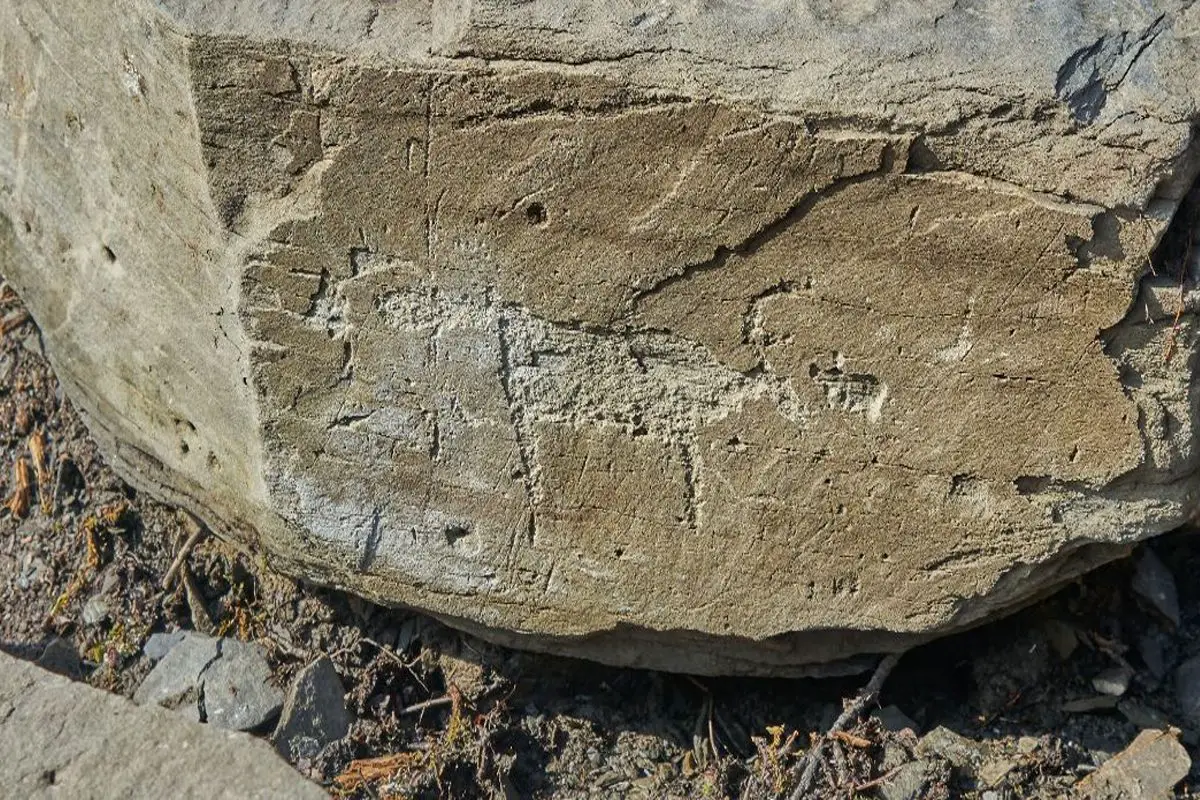Archaeologists have resumed an expedition to map ancient rock art along the Pegtymel River in the remote Chukotka Autonomous Okrug of Russia.
The study was re-commenced by the Institute of Archaeology of the Russian Academy of Sciences after a 13-year hiatus, to create an accurate map of rock art monuments linked to satellite data. The petroglyphs are located in Western Chukotka and are the northernmost in Asia, and are the only location of rock carvings located beyond the Arctic Circle.
The Pegtymel petroglyphs depict images of people, hunting scenes, deer, bears, dogs, wolves, artic foxes, birds, whales, and seals – first discovered in 1965 by geologist Nikolai Samorukov. They are connected with the life of the peoples who inhabited the region, reflecting their beliefs and the natural world around them.
Previous studies have shown that constant temperature changes is causing water to freeze and thaw in small cracks, that is gradually destroying the petroglyphs. This, combined with acts of vandalism has led to the study in order to document the sites onto an orthophotomap, with photographic evidence, virtual models, and geodetic measurements.

Elena Levanova, head of the centre of paleo-art at the Institute of Archaeology of the Russian Academy of Sciences said: “The last time archaeologists worked at Pegtymele was in 2008. It was important for us to understand the state of the rock art after this time. Like many open-air monuments, the Pegtymel petroglyphs are gradually being destroyed, therefore, it is very important to create a virtual copy of each site in order to preserve them”.
During the latest study, researchers were clearing parts of a rock face of lichen, moss, and soil, where they discovered a petroglyph previously undocumented, depicting an image of a reindeer.
Despite decades of research, the new petroglyph demonstrates that there is likely many more petroglyphs yet to be discovered, which the study hopes that by developing the mapping platform, it will assist future researchers in locating more sites.
Header Image Credit : Institute of Archeology RAS





